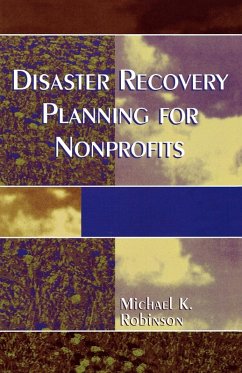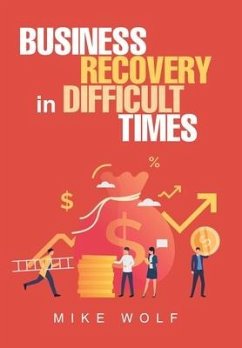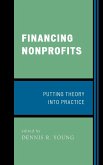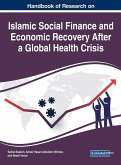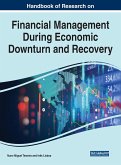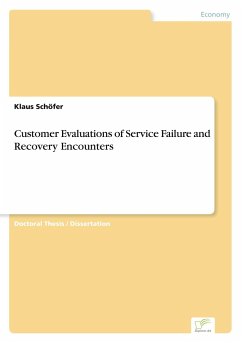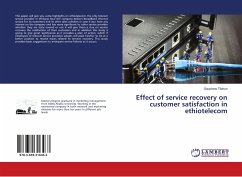... [the book] offers some relevant advice by finding the common denominator among nonprofit agencies as varied as museums, social service agencies, and grant foundations... Robinson's most important point is that all records, whether hard copy or electronic, are part of the heart of any organization, and that contingencies must be made for recovery for business to continue following a disaster like Katrina... According to Robinson, the speed of recovery for nonprofit institutions following a disaster isdirectly linked to the ability to restore these institutional records... Robinson states that nonprofits tend not to be driven by technology and he devotes a fair portion of the book to electronic sources. At first glance, this seems irrelevant, but for less computer savvy nonprofits, the information provides basic information on securing electronic information. Robinson points out that a loss from a breach in cyber-security can be just as damaging as any fire or flood. He mentions that basics such as securing computers, installing firewalls, and limiting the number of personnel who have access to sensitive records, simple measures that should be part of a nonprofit's day-to-day operations to effectively prevent or limit damage done by compromised or stol -- Virginia Bartos, Historic Preservation Program Analyst at the New York State Office of Parks History News ... [the book] offers some relevant advice by finding the common denominator among nonprofit agencies as varied as museums, social service agencies, and grant foundations... Robinson's most important point is that all records, whether hard copy or electronic, are part of the heart of any organization, and that contingencies must be made for recovery for business to continue following a disaster like Katrina... According to Robinson, the speed of recovery for nonprofit institutions following a disaster is directly linked to the ability to restore these institutional records... Robinson states that nonprofits tend not to be driven by technology and he devotes a fair portion of the book to electronic sources. At first glance, this seems irrelevant, but for less computer savvy nonprofits, the information provides basic information on securing electronic information. Robinson points out that a loss from a breach in cyber-security can be just as damaging as any fire or flood. He mentions that basics such as securing computers, installing firewalls, and limiting the number of personnel who have access to sensitive records, simple measures that should be part of a nonprofit's day-to-day operations to effectively prevent or limit damage done by compromised or stolen information... The real value of this book is its clear and convincing reasons for the need for disaster recovery planning, which makes it a useful tool for convincing any reluctant staff, volunteers, or board members who fail to see value in planning for the aftermath of a disaster. -- Virginia Bartos, Historic Preservation Program Analyst at the New York State Office of Parks History News
Bitte wählen Sie Ihr Anliegen aus.
Rechnungen
Retourenschein anfordern
Bestellstatus
Storno

